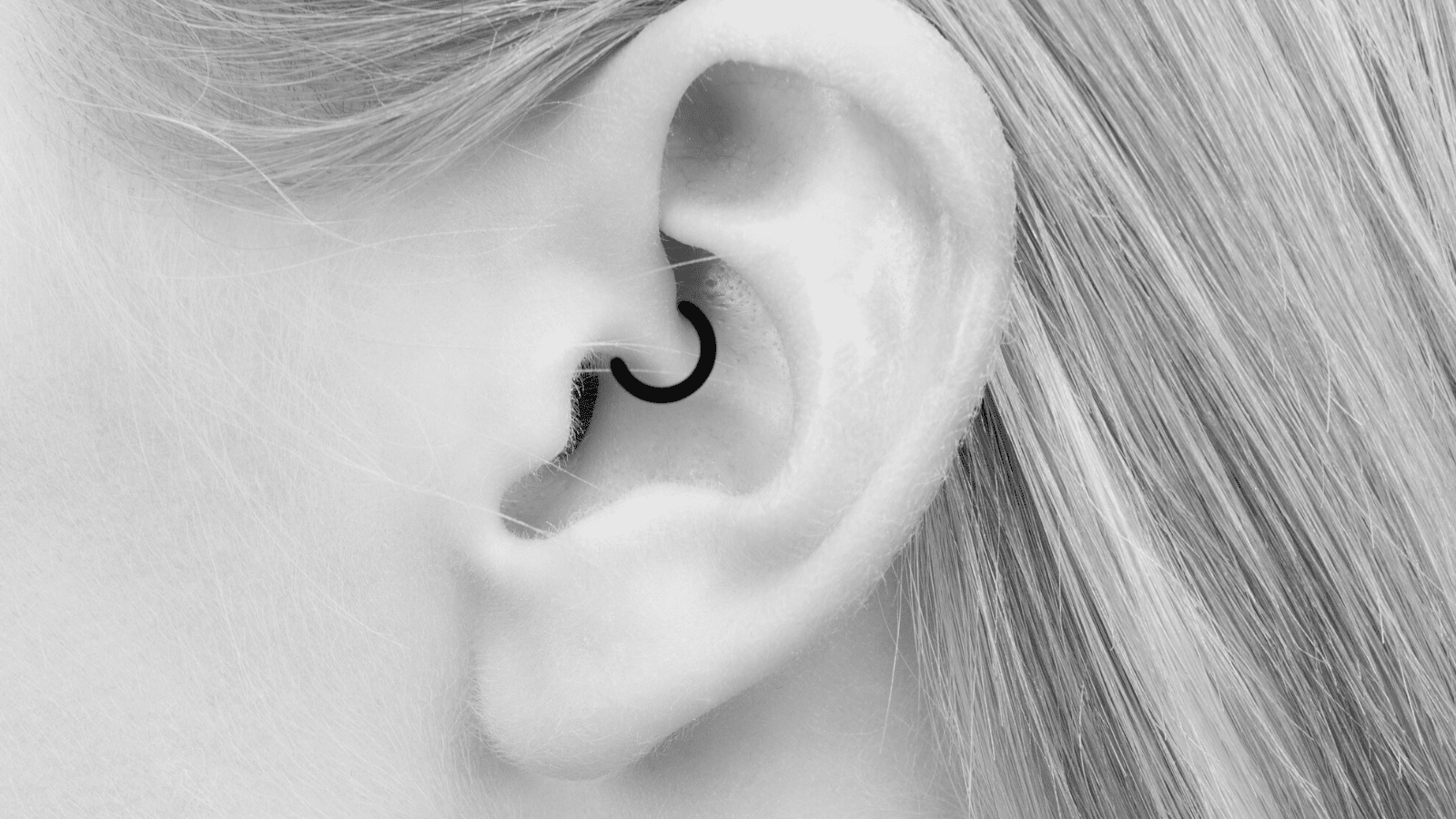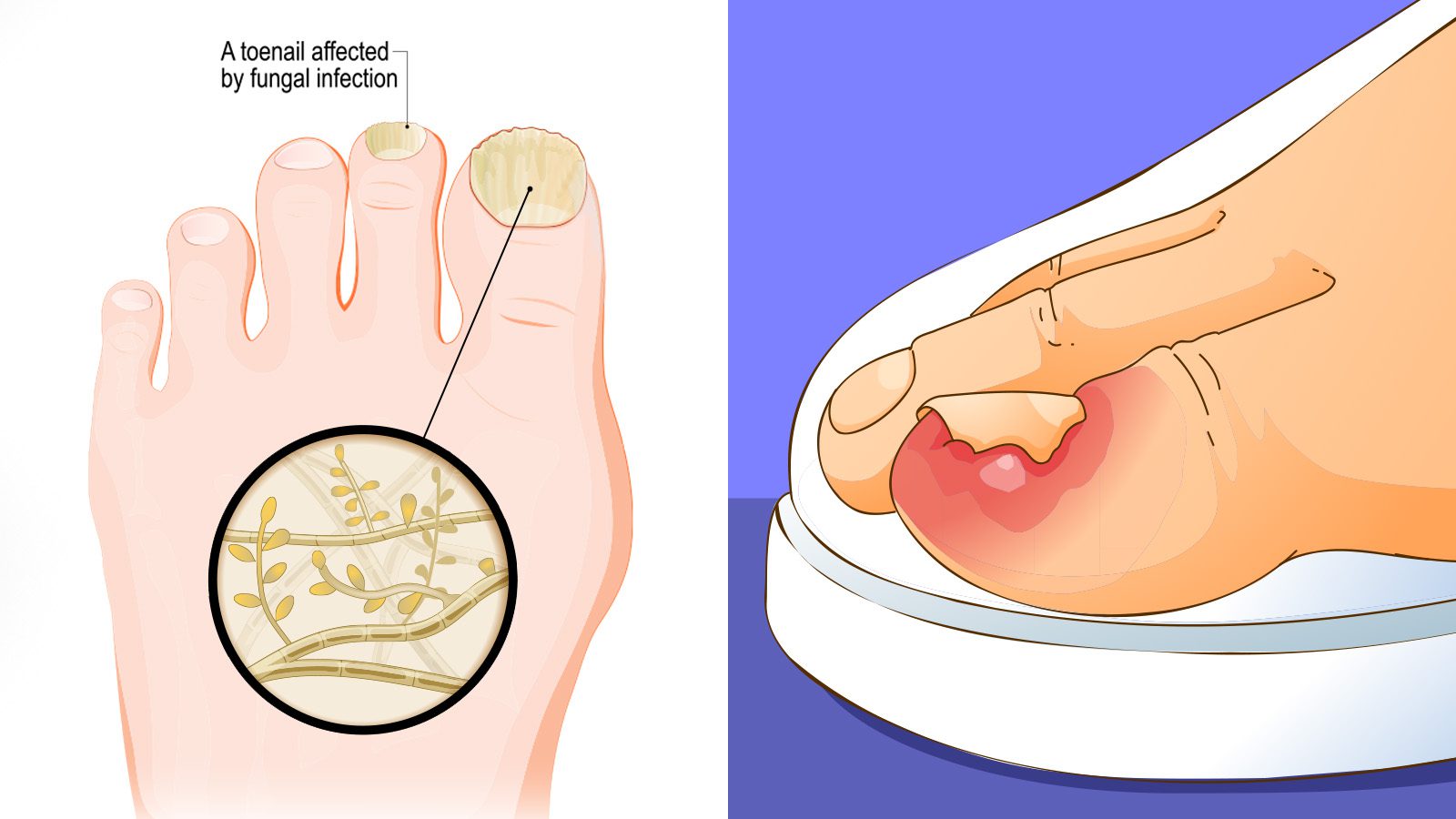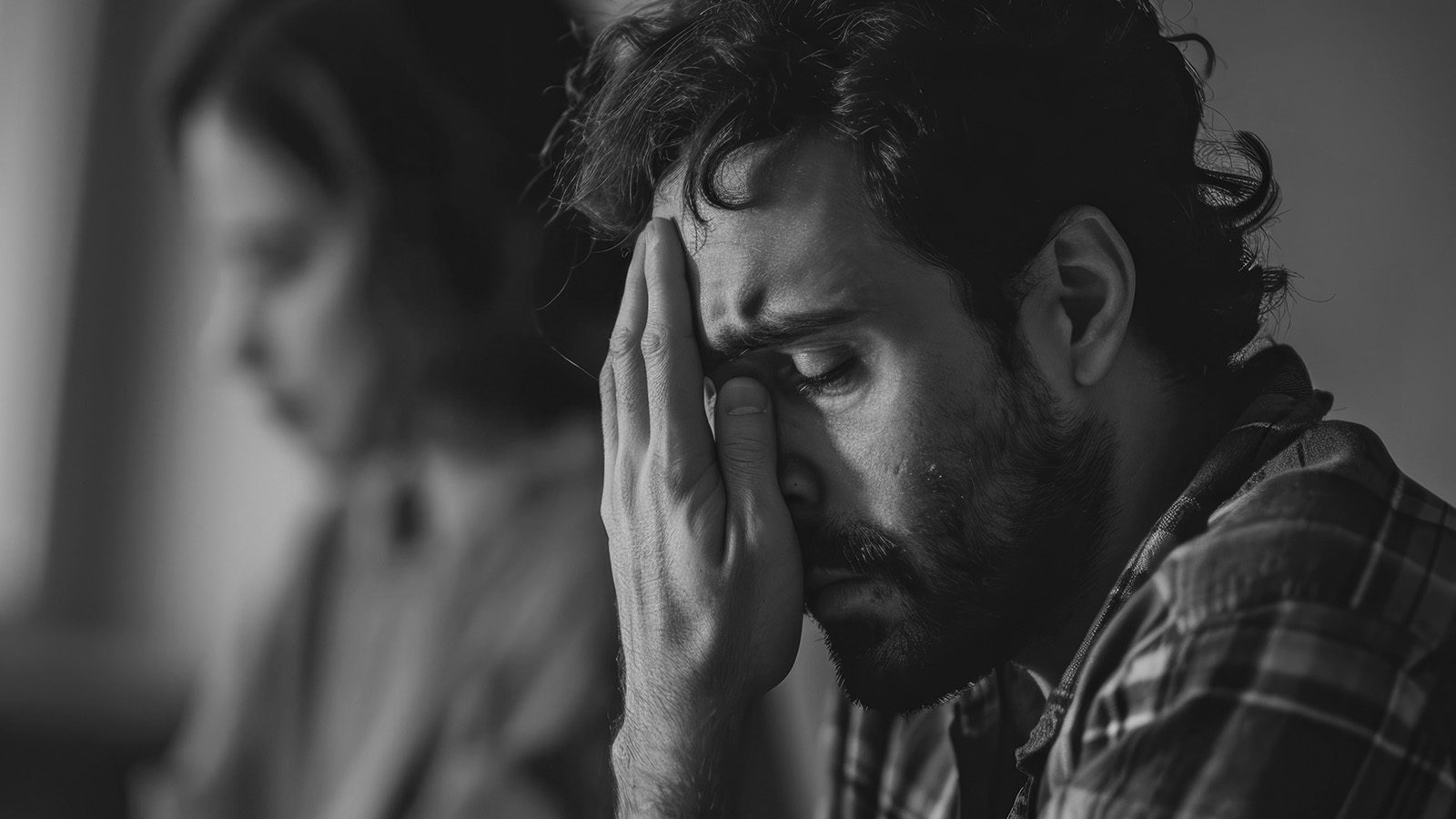People who have frequent migraines often turn to a Daith piercing to try to relieve the agony.
If you have ever had a migraine before, you know exactly how unbearably painful it can feel. According to the Migraine Research Foundation, approximately 18% of American women and 6% of American men suffer from migraines on a regular basis. Migraines don’t just mean a bad headache. Indeed, they can completely debilitate the sufferer. Some cause extreme pain on either one or both sides of the head.
They occur due to a complex assortment of neurological symptoms. These signs can include nausea, vomiting, disorientation, dizziness, and extreme sensitivity to light or sound. Attacks can last anywhere from 4 to 72 hours, on average.
Many people turn to pharmaceutical drugs for help. But did you know that getting a particular ear piercing can help to alleviate your migraines? You might wonder how a piece of jewelry attached to your ear could possibly aid in eliminating your migraines, so allow us to explain below.
Here’s how this ear piercing is helping people with migraines:
If you love piercings and also happen to suffer from migraines, you will love this idea. Daith piercings have existed for around three thousand years. But the name wasn’t coined until the 1990’s. The daith piercing goes through the cartilage nearest to the ear canal, appearing to actually enter it if you look at it from a distance. It works in the same way as acupuncture to relieve pain, and actually, acupuncturists target this pressure point during treatment if the patient suffers from migraines.
Simply put, piercing the skin allows blood vessels around the needle to open up, stimulating blood flow to the tissues in the area. While daith piercings haven’t been formally studied in regard to relieving migraines, countless people who have gotten the piercing have reported little to no migraines after getting their ear pierced.
Acupuncture works to relieve pain since your body releases endorphins after having the needles penetrate the skin. In the same way, your body releases endorphins after getting a piercing. That explains why the daith piercings seem to work for so many people.
However, even though acupuncture might work to alleviate your migraines, you might want to go ahead with the daith piercing if you also enjoy a little bit of ear jewelry. So, the daith piercing serves as a stylish way to relieve migraines.
Symptoms of a Migraine
Symptoms of migraines can vary depending on severity, frequency, and stage of migraine. These are the most common signs of an impending migraine:
- intense, throbbing headache, usually isolated to one side
- nausea
- vomiting
- trouble speaking
- light and sound sensitivity
- numbness and/or tingling
- fatigue
- sleep disruptions
- visual disturbances such as bright lines, flashing dots, or lights
- temporary loss of vision
- dizziness
- pale skin color
- loss of appetite
- sweating or having chills
As you can tell from these symptoms, a migraine isn’t just a bad headache. This neurological condition can result in crippling pain that leaves the sufferer bed-bound for days! While migraines can cause all of the above symptoms, the telltale sign of migraine involves an intense, throbbing pain. It can affect the whole head or just one side, and even shift from one side to the other.
It’s rare that a migraine comes on suddenly; most people experience symptoms in the days prior to a migraine. Migraines tend to occur in four phases: prodrome (preheadache phase), aura, headache, and postdrome (migraine aftermath), which can take between 8-72 hours to go through. Around 30% of people will experience symptoms before their headache becomes noticeable.
Four Phases of a Migraine
1. Prodrome
This first phase can last anywhere from a few hours to several days. You may not even experience it since it doesn’t occur with every migraine. Also known as the preheadache phase, common symptoms include difficulty concentrating, irritability, depression, trouble speaking, sleep disruptions, nausea, fatigue, light and sound sensitivity, food cravings, muscle stiffness, and increased urination.
2. Aura
The aura stage usually lasts between five and sixty minutes. However, most people don’t experience auras; only 15-20% of people get them. Auras refer to a group of sensory, speech, and motor symptoms that warn of an imminent migraine. While it usually occurs before the headache, it can also happen during and after. Aura symptoms can include:
- Blind spots in your vision
- Seeing bright, flashing lines, dots, or lights
- Numbness or tingling in the skin
- Slurred speech
- Ringing in the ears (tinnitus)
- Temporary loss of vision
- Seeing wavy lines
- Changes in smell or taste
- A “funny” feeling
3. Headache
A migraine headache can last anywhere from four to 72 hours. However, the term “headache” doesn’t accurately describe the condition since it can cause excruciating pain. Most people report a throbbing, pulsating sensation on one side of the head, but it can spread to the other.
Other symptoms during this phase include sensitivity to light and sound, nausea and vomiting, difficulty speaking, loss of appetite, stomach pain, fatigue, a tender scalp, and pale skin. You may also experience dizziness, blurred vision, sweating, and chills. Diarrhea and fever may also occur, but rarely.
4. Postdrome
The postdrome or migraine “hangover” stage may last one or two days. Around 80% of migraine sufferers report experiencing this phase, with symptoms including difficulty concentrating or understanding information, depression, fatigue, and euphoria.
Other Ways to Manage Headache Symptoms (Besides a Daith Piercing)
Not everyone wants to get a Daith piercing, especially those with a low pain threshold. Luckily, you don’t have to get your ears pierced to manage headache symptoms effectively. Below, we’ll go over a few ways to keep migraines at bay, or at least make them less painful.
1. Keep a Migraine Diary
Maintaining a regular migraine journal can help you understand and avoid triggers. Some people find that eating certain foods or being exposed to bright lights can cause a headache. Others are sensitive to loud sounds, weather changes, or highly stressful situations. If you can identify a pattern before a headache occurs, it will help you sidestep the triggers.
2. Eat a Balanced Diet
According to the American Migraine Foundation, certain dietary habits can make headaches more likely. Many migraine sufferers report that skipping meals or going long periods between meals can trigger headaches due to low blood sugar. Also, drinking excess caffeine or sugary drinks like sodas instead of water can worsen symptoms.
Commonly reported food triggers for migraines to include alcohol, caffeine, cured meats, aged cheeses, chocolate, smoked fish, yeast extract, artificial sweeteners, and certain preservatives like nitrates. This is where the migraine journal would be useful, so you can pinpoint which foods contribute to your headaches.
3. Minimize Noise Exposure
A report by the National Institutes of Health found that many migraine patients have sound hypersensitivity; in fact, it affects around 70-80% of patients. Common sound triggers include ambulance and police sirens, and railroad crossing bells. If you live in a busy city, consider purchasing noise-canceling headphones, or soundproofing your home to block out excess sound.
4. Keep Your Stress Low
According to the American Migraine Foundation, many patients also suffer from anxiety and/or depression. These conditions may exacerbate headaches, worsening anxiety symptoms, creating a vicious cycle. However, keeping your stress at a minimum can improve your mental health and reduce headache severity.
Research published by the National Institute of Health says chronic stress may trigger migraines. You can lower stress naturally by practicing relaxation techniques such as meditation, yoga, deep breathing, aromatherapy, or walking in nature.
If you notice, virtually every ailment can be cured by returning to our roots. Exercising, eating well, getting outside, prioritizing sleep, and taking care of ourselves, in general, will improve mental and physical well-being. In this modern world, you can regain your power by reconnecting with nature, the most powerful healer.
Final Thoughts on the Ear Piercing That Relieves Migraines
Research shows that an ear piercing called a Daith could reduce migraines in some people. It works like acupuncture to relieve headaches, and many people report having fewer migraines after getting the piercing. However, if ear jewelry isn’t your cup of tea, you can alleviate headaches in other ways, such as exercising, eating a balanced diet, reducing stress, and minimizing noise exposure.
Also, make sure to keep a migraine diary to record your triggers, as this can help you avoid them in the future.


















